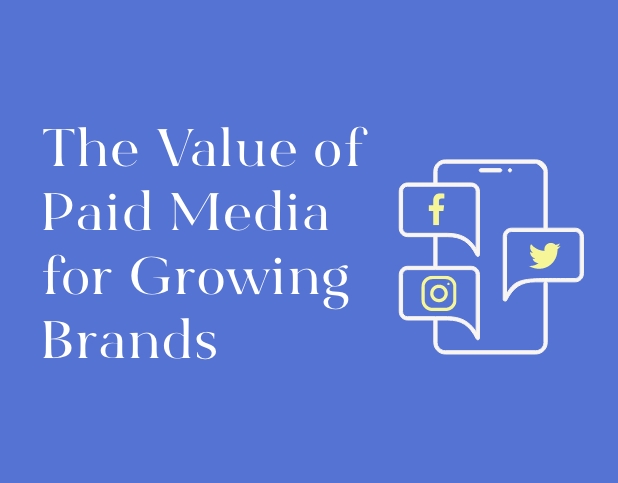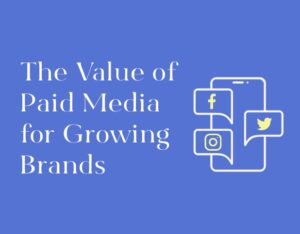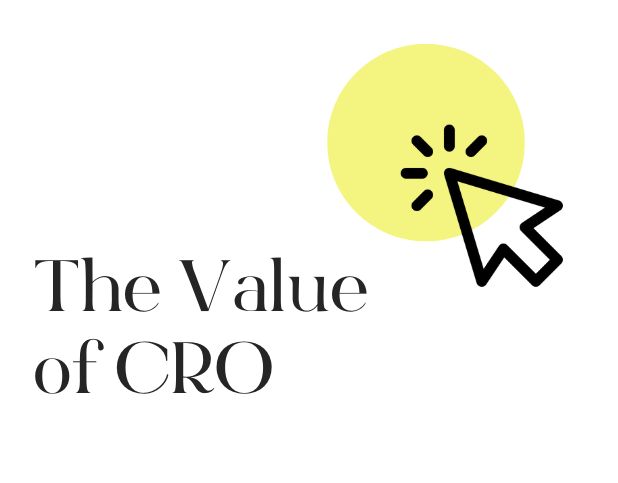Paid Media is one of the many channels a brand can use to promote their brand and reach their target audience. Earned, owned and paid media work together to tell a cohesive story and reach the right people at the right time. While paid media is often extremely effective and we recommend it to almost all our clients at BuzzShift, it is only one of many forms of marketing that can effectively help brands reach their goals. Other effective marketing tactics that should not be overlooked are organic social media, email & SMS marketing, loyalty programs and more. Because we do believe in the power of paid media, in this blog we will discuss the elements you need to include in an effective paid media strategy.
What is a Paid Media Strategy?
A paid media strategy is a plan for promoting your business or organization through paid advertising on social media platforms. A great paid media strategy guides you through effectively using advertising to reach and engage a target audience, typically with the goal of driving conversions or increasing brand awareness. This can include creating and placing ads on platforms like Meta, Google, Twitter, LinkedIn, and others.
What are the Elements of a Paid Media Strategy?
- Goals and objectives: Identify what you hope to achieve with your paid social media efforts, such as increasing brand awareness, driving website traffic, generating leads, or driving conversions. Make sure to establish specific, measurable, attainable, relevant and time-bound (smart) goals, so that you can easily track the success of your campaign and make any necessary adjustments. To read more about how to develop the right goals and objectives for your campaign, read this blog.
- Target audience: Determine who you want to reach with your ads by researching demographics, such as age, gender, location, and income, as well as psychographics, such as interests, values, and lifestyle. It’s important to have a clear understanding of your audience in order to select the right channels and tailor your messaging and targeting options for your ads. To learn more about how to define your target audience, read this blog.
- Platforms: Choose the social media platforms that align with your goals and target audience. Some popular options include social media platforms like Facebook and Instagram, search engines like Google, and video platforms like YouTube and TikTok. Each platform has its own unique features and audience, so you’ll want to carefully consider which one is best for reaching your target audience and achieving your goals. For more guidance deciding the right platform to advertise on, read this blog.
- Ad formats: Select the ad formats that will work best for your campaign, such as image ads, video ads, carousel ads, or sponsored posts. The format will depend on your target audience, and the goals you set for your campaign.
- Budget: You’ll need to determine how much you’re willing to spend on your campaign, and how you’re going to allocate that budget across different channels and ad formats. It’s essential to have a clear budget in place before starting your campaign, to ensure that you don’t overspend or run out of money before the campaign is over.
- Content: When creating the ad content, be sure to make it engaging and relevant ad content that resonates with your target audience and aligns with your brand. Use persuasive language and a clear call-to-action to encourage your audience to take the desired action. Make sure to test different ad variations to see which one performs best, and adjust accordingly.
- Tracking and measurement: It’s crucial to track the performance of your campaign so that you can see which ads are working well and which are not. Use tools like Google Analytics and social media analytics to track performance metrics like click-through rate (CTR), conversion rate, and return on investment (ROI). Continuously monitor and adjust your strategy as needed to improve performance. To learn more about the best KPIs to measure the performance of your campaigns, read these blogs.
Building a paid media strategy is a process that involves understanding your target audience, setting clear goals, choosing the right channels, creating and testing ad content, budgeting, and tracking the performance of your campaign. Paid media efforts need to be monitored, optimized and updated often, it is not a “set it and forget it” method of marketing. With a well-thought-out strategy and regular monitoring, you will be able to achieve your desired result from your campaign, whether that be more leads, sales, or brand awareness.
At BuzzShift, paid media is what we do best. While we do dabble in all types of digital marketing, paid media is our bread and butter. We can handle it all from finding your right target audience, to developing your paid media strategy, to effective and affordable budget recommendations, to creating the ad content, to reporting and recommendations for campaign improvement. Whether you are looking for help with one of these pieces or want us to handle the process from beginning to end, let us know! Paid media is not the most intuitive method of marketing, and we’re here to help!
About BuzzShift
BuzzShift is a digital growth strategy agency with a focus on mid-market, scaling DTC Brands. By combining the ideologies of branding, performance marketing, and retention agency, we can create memorable experiences with measurable results and build long-term success for our clients with scalable, sustainable growth. Learn more about BuzzShift.







